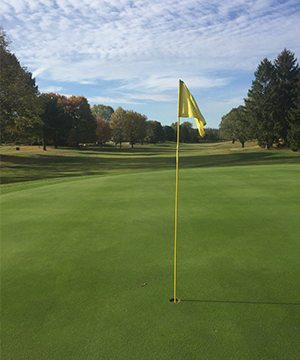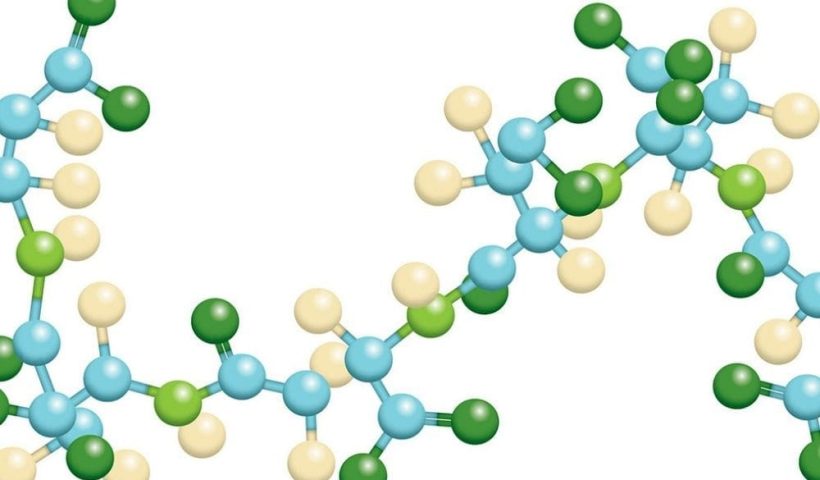As I write this article, in mid-August, we’re still in the heart of summer stress. Even as this article hits the airwaves, we can still deal with a ton of seasonal stress, but that said, mid/late August into early September is time to start thinking about recovery. When looking ahead to fall recovery, it’s important to take a step back and take an inventory, of sorts, before that time is upon us. I was always taught that preparation is salient to success. One of my favorite quotes from a mentor of mine is: “Preparation changes expectations. Expect success.” This article is meant to serve as a reminder to plan for the recovery, now, that you’ll be implementing in late August/early September.
When planning for recovery, it’s beneficial to take inventory of challenges faced throughout the year. In my travels this year, I’ve seen quite a few summer challenges. The summer of 2018 has brought many curveballs, but to list a few: lack of spring, heavy rain events in short periods of time, lack of overall rain events, and extreme temperature stretches coupled with intense humidity. While we can’t help the hand we’re dealt from Mother Nature, we can fight back in how we develop solutions to those “blows.”
As we start to develop a plan of action for fall recovery, remember knowledge is power. It’s important to understand the specific situation that exists on your property. What is your soil medium? (Push-up greens, sand-based field, USGA, modified push-ups)? Have you run a diagnostic test on your soil recently? What is the composition of your irrigation water? Have you tested the water recently?
Looking at your soil results compared to your water results can be very revealing. Usually, issues within your water are mirrored within your soil tests. Remember, in situations of drought/heavy watering, the soil has been receiving the composition of that water source without much of a “flushing” remedy from Mother Nature’s rain. It’s important to understand what those watering practices can do to affect the soil.
Another good idea is to do any saturated paste (available nutrient) soil tests with your irrigation water instead of water from the lab. After all, you aren’t watering with water from the lab! When we have test results for some of our issues, we can start to think about what that means from a fall input/amendment standpoint.
Once we have the knowledge and understanding of our shortfalls, within our specific turf stands, we can start to implement solutions to those issues. For the sake of simplicity, I’m going to group solutions into two categories: inputs and cultural practices.
As we look at inputs that can remedy problems, they are primarily focused on specific end goals. Ask yourself what you’re trying to accomplish, from a goal standpoint. These goals should really be based on testing previously mentioned. A good soil test with both exchangeable and available nutrient composition should be performed, as well as a water test to understand how that’s affecting the scene. It’s kind of like getting blood work from a doctor before he/she decides what prescriptive plan of action to take for your health.
Are you looking for cell strength? Your solutions may be comprised of various calcium products, like Foliar-Pak Calcium, or Gypsum, or Lime. Potassium may be a focus for osmotic cell strength, leading you to pull Foliar-Pak 1-0-15 or Armament K off the shelf. You may be looking at silicon products, like Foliar-Pak CSi L; or you may be loading up vacuole osmolytes that exist in Foundation 40.
Are you looking to build carbohydrates or roots? Your focus may be on pre-cursors to carbs, like Foundation 40. You may be looking to boost/build chlorophyll to help with the cause, in which case any number of Foliar-Pak products may help. However, Minors would definitely help the cause. Amperage is another product that is primarily focused on building carbohydrates. It specifically helps in shoulder seasons, when the plant wants to slow down, to continue with photosynthesis and plant metabolism. Amperage also helps keep the microbial community humming to give back to the turf in their symbiotic relationship.
Phosphorous can help build proteins and develop new tissue. It’s also a primary component in ATP, the main energy source of plants. Both of these help with building new roots and repairing damaged ones. Armament P and Grow-In are great solutions to building roots and recovering from biotic and abiotic stress.
Are you looking to attack balance from a soil structure standpoint? This is an excellent time of year to apply amendments that may be needed based on your specific soil type. Maybe you’re looking to balance the base cations via Ca, Mg, or K applications. Gypsum, Lime, Armament KCS, and SOP are all good bulk options to affect soil structure downfalls. They all attack the base saturation (exchangeable) side of a soil test.
Are you looking to remedy water issues? You may be looking to apply carbon inputs to buffer the soil. Products like Armament Concentrate, or any Armament technology products, aid on that front. Surfactants, like Command, can also help to work negative inputs, from irrigation water, through the soil profile. Gypsum can help to pull negative inputs in, as well as knock some off the soil colloid. Lastly, maybe you’re looking to affect soil pH, as a result of water or soil testing. In that case, you’d be looking at Lime or looking to balance nutrient ratios.
Regardless of what end-goal solutions you’re looking to accomplish, all fall input solutions should be based on testing. When you test, you are attacking a problem directly, instead of making decisions from an assumption.
Cultural practices are the other category of solutions. I want to be clear about one thing: I may be a Foliar-Pak employee, but there is NO substitute or product for cultural practices. I know I’m not saying anything new, but these are the most important tasks any turfgrass manager can perform, and will always take precedence to any physical input. When it comes to cultural practices, as long as weather and traffic stress are on your side, the more, the merrier!
Aerification, soil medium amendments (topsoil, compost, calcined clay, peat, etc.), topdressing, and verticutting/grooming are just a few of these practices. I’m not going to go super in-depth on each of these, as there are countless articles/teachings on the importance of these practices. From a simplistic standpoint, the purpose of these practices is to open up the canopy and soil and help penetration of water and inputs. These processes are focused on air/oxygen exchange, soil porosity, and equaling/offsetting top growth and thatch to name a few.
Once we’ve taken inventory of the aftermath from the heat of the battle (summer), on our specific property, we can start to understand the downfalls of our turf stand. Knowledge is power. Testing both soil and water can give us a path to victory that is based on tangible results instead of educated guessing. Once we have that roadmap, we can start to develop a solution plan based on physical inputs and cultural practices to guide us on the road to recovery!



